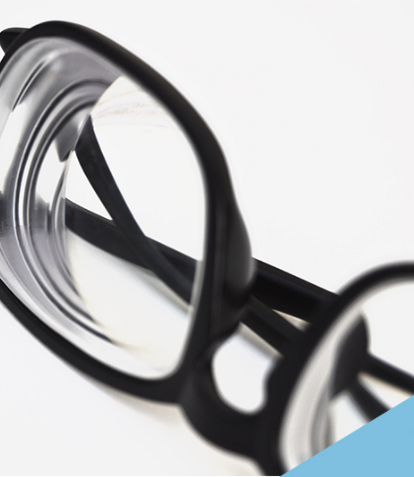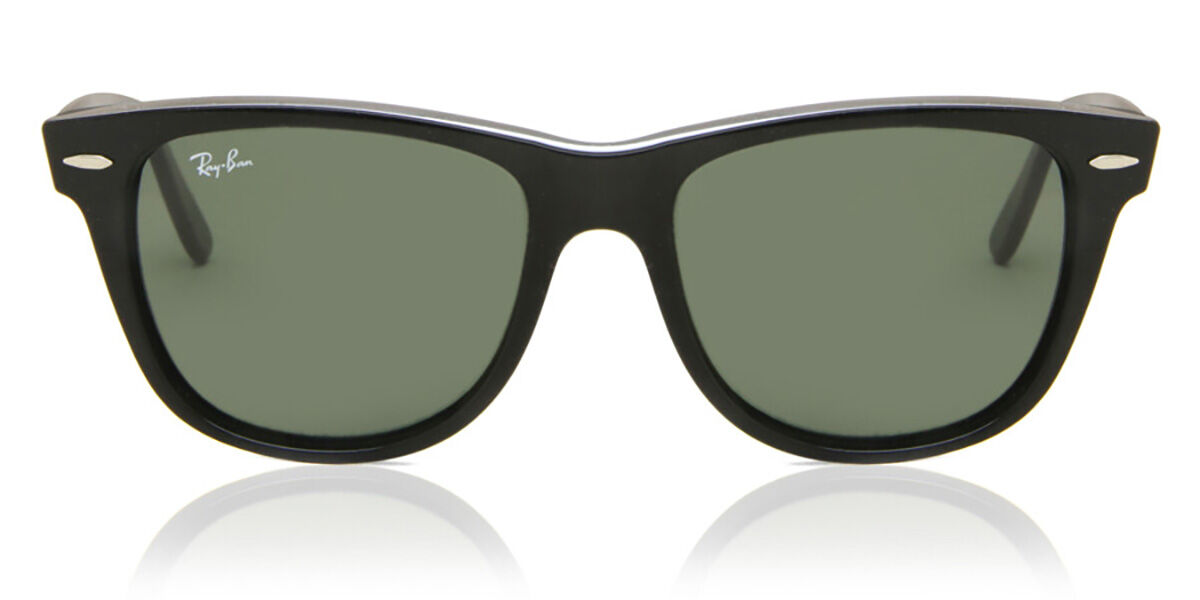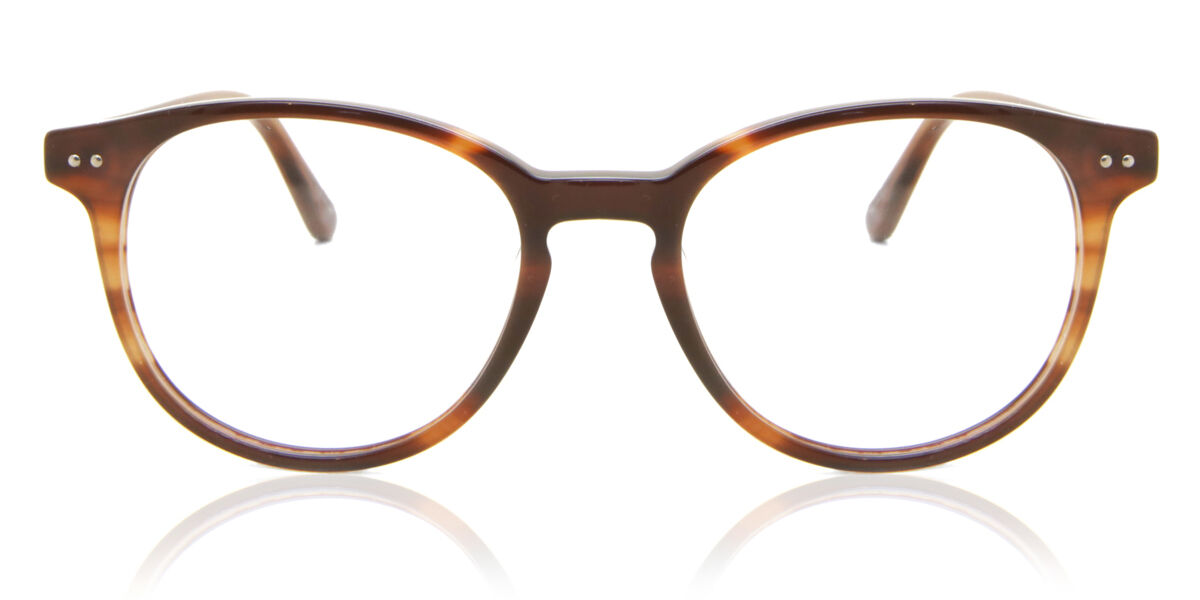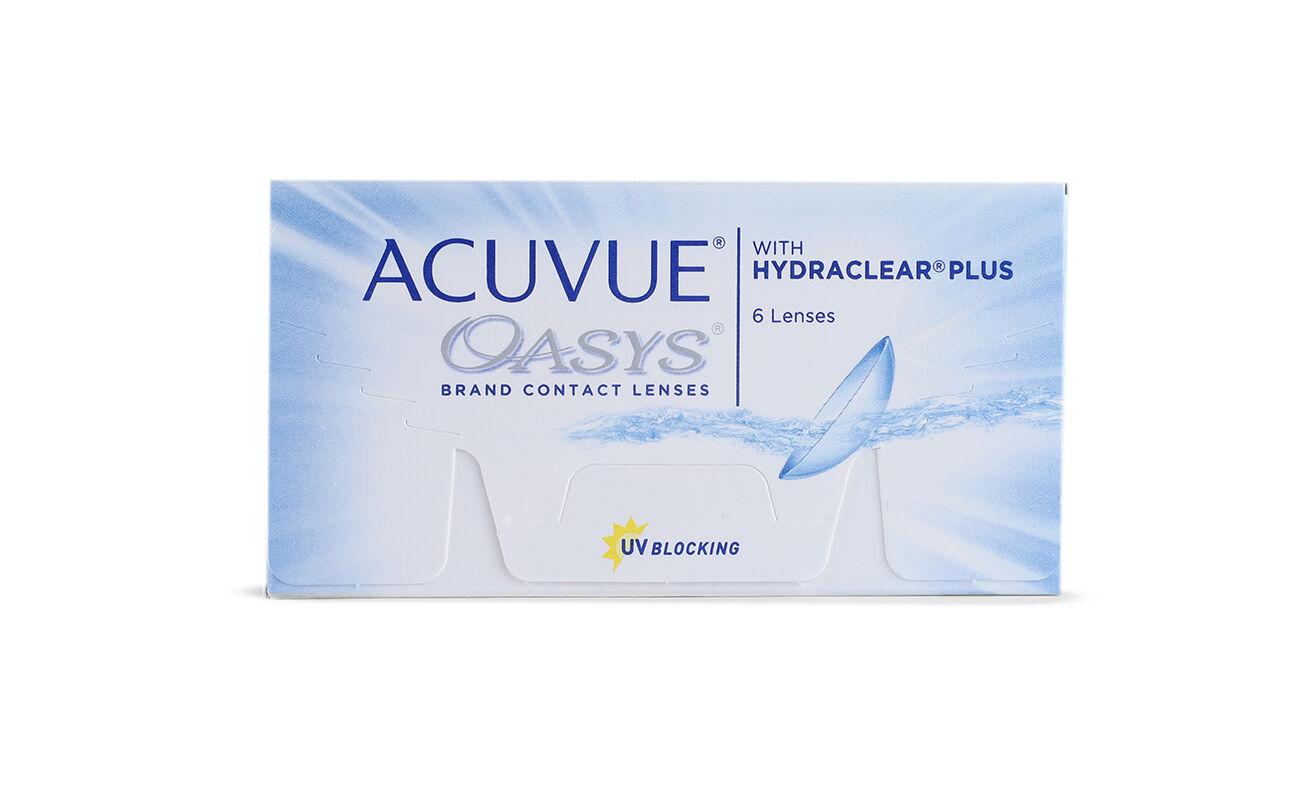

Why High Curvature And 3D Edging Lenses Are Important
Blended Lenses
For some glasses wearers, such as those with presbyopia, there may be a need for two or more lens powers to be applied onto the same lens.
For this reason, bifocal and trifocal lenses were invented.
Bifocal lenses have two lens powers applied (one for distance and one for near vision).
Trifocal lenses have the lens powers for near and distance vision, with the addition of a lens power for intermediate vision.
Most bifocal and trifocal lens have visible lines where the lens powers change from near to distance or intermediate and this can be bothersome to some wearers.
The advancement of blending technology means that the lens segments can now be blended so the division of the segments is less visible, flowing smoothly between distances rather than having rigid division.
The only drawback with blended lenses (not to be confused with progressive lenses) is that some wearers experience reduced optical clarity, specifically at the points when the lens segments transition.
High Curvature Lenses
The differences in the thickness of the lenses is the result from the differences in the curvature.
A higher power lens results from a high curvature. A lower power lens results from a low curvature.
When a prescription is applied to a lens, the lens front remains unaffected. All of the lens power is applied to the back of the lens i.e. the surface which faces your eyes directly.
The prescription of wraparound lenses that we often see being used for sports and safety glasses usually has a base curve of 8 or so. It is worth noting that there are limits to the lens power with such a high base curve.
Where the sum of the lens power of one or both of your eyes falls outside the range of -4.00 to +3.00, there is a chance that wraparound lenses will not correct your eye condition effectively.
Beveling lenses has never been an easy task but the evolution of high base curve eyewear presents even bigger challenges.
The primary reason for this stems from having to cut (or bevel) the lenses in such a way that it comfortably sits in the groove of a frame.
This is not always an easy task with minus (i.e. thinner) lenses and there are even more complications with high curvature lenses.
3D Edging
The introduction of 3D edging technology has resolved many problems caused by traditional lens technologies, the most common being the lens slipping during the edging process.
One of the main benefits of 3D edging technology is that it comes with an advanced tracer, which measures the base curve of the eyewire, also known as the lens frame.
With a 3D tracer, this can be measured with extremely accurate precision and the system can also measure the curve of the lens to the exact dioptric value.
Other benefits include cutting-edge features which allow the shape of the lens to be modified with greater precision, with the result of an improved lens fit.
The development of anti-reflective coatings has been a blessing for glasses wearers, however for lens manufacturers, this poses a problem in that they make the lenses too slippery to handle during the beveling process.
The ‘advanced torque feedback’ feature of 3D edging systems means that the roughing and finishing cycles of the grinding process are monitored and adjusted more frequently than traditional lens technologies.
For more information, you can ask our optician.
Alternatively, you can check out our wide range of eyeglasses here.
-
 Arise Collective
Montlucon Blue-Light Block YC-28007 C4
Arise Collective
Montlucon Blue-Light Block YC-28007 C4
NZ$99
Free coated lenses
2 colors
1 left in stock
-
 Arise Collective
Montlucon Blue-Light Block YC-28007 C4
Arise Collective
Montlucon Blue-Light Block YC-28007 C4
NZ$99
Free coated lenses
2 colors
1 left in stock
-
 Arise Collective
Montlucon Blue-Light Block YC-28007 C4
Arise Collective
Montlucon Blue-Light Block YC-28007 C4
NZ$99
Free coated lenses
2 colors
1 left in stock
Why High Curvature And 3D Edging Lenses Are Important
Blended Lenses
For some glasses wearers, such as those with presbyopia, there may be a need for two or more lens powers to be applied onto the same lens.
For this reason, bifocal and trifocal lenses were invented.
Bifocal lenses have two lens powers applied (one for distance and one for near vision).
Trifocal lenses have the lens powers for near and distance vision, with the addition of a lens power for intermediate vision.
Most bifocal and trifocal lens have visible lines where the lens powers change from near to distance or intermediate and this can be bothersome to some wearers.
The advancement of blending technology means that the lens segments can now be blended so the division of the segments is less visible, flowing smoothly between distances rather than having rigid division.
The only drawback with blended lenses (not to be confused with progressive lenses) is that some wearers experience reduced optical clarity, specifically at the points when the lens segments transition.
High Curvature Lenses
The differences in the thickness of the lenses is the result from the differences in the curvature.
A higher power lens results from a high curvature. A lower power lens results from a low curvature.
When a prescription is applied to a lens, the lens front remains unaffected. All of the lens power is applied to the back of the lens i.e. the surface which faces your eyes directly.
The prescription of wraparound lenses that we often see being used for sports and safety glasses usually has a base curve of 8 or so. It is worth noting that there are limits to the lens power with such a high base curve.
Where the sum of the lens power of one or both of your eyes falls outside the range of -4.00 to +3.00, there is a chance that wraparound lenses will not correct your eye condition effectively.
Beveling lenses has never been an easy task but the evolution of high base curve eyewear presents even bigger challenges.
The primary reason for this stems from having to cut (or bevel) the lenses in such a way that it comfortably sits in the groove of a frame.
This is not always an easy task with minus (i.e. thinner) lenses and there are even more complications with high curvature lenses.
3D Edging
The introduction of 3D edging technology has resolved many problems caused by traditional lens technologies, the most common being the lens slipping during the edging process.
One of the main benefits of 3D edging technology is that it comes with an advanced tracer, which measures the base curve of the eyewire, also known as the lens frame.
With a 3D tracer, this can be measured with extremely accurate precision and the system can also measure the curve of the lens to the exact dioptric value.
Other benefits include cutting-edge features which allow the shape of the lens to be modified with greater precision, with the result of an improved lens fit.
The development of anti-reflective coatings has been a blessing for glasses wearers, however for lens manufacturers, this poses a problem in that they make the lenses too slippery to handle during the beveling process.
The ‘advanced torque feedback’ feature of 3D edging systems means that the roughing and finishing cycles of the grinding process are monitored and adjusted more frequently than traditional lens technologies.
For more information, you can ask our optician.
Alternatively, you can check out our wide range of eyeglasses here.
-
 Arise Collective
Montlucon Blue-Light Block YC-28007 C4
Arise Collective
Montlucon Blue-Light Block YC-28007 C4
NZ$99
Free coated lenses
2 colors
1 left in stock
-
 Arise Collective
Montlucon Blue-Light Block YC-28007 C4
Arise Collective
Montlucon Blue-Light Block YC-28007 C4
NZ$99
Free coated lenses
2 colors
1 left in stock
-
 Arise Collective
Montlucon Blue-Light Block YC-28007 C4
Arise Collective
Montlucon Blue-Light Block YC-28007 C4
NZ$99
Free coated lenses
2 colors
1 left in stock












































